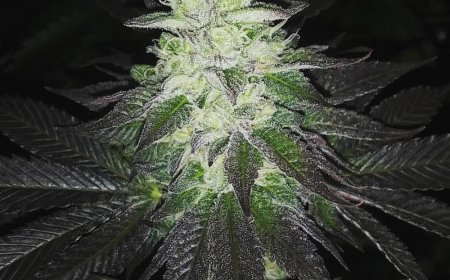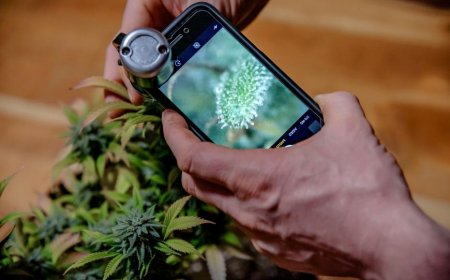The Best Exclusive Cannabis Strains
Explore The Best Exclusive Cannabis Strains, featuring top genetics, limited availability, and unique cultivation for an elevated experience.
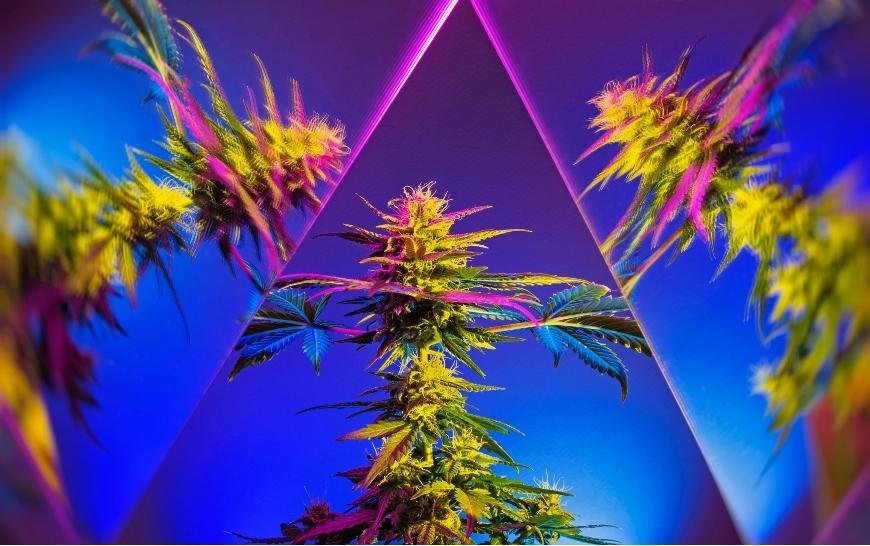
As a connoisseur of the finest cannabis strains, discovering "The Best Exclusive Cannabis Strains" is an exciting journey that every enthusiast should embark upon. These rare and unique marijuana strains have been carefully crafted by expert breeders in the cannabis industry, offering unparalleled experiences for both recreational users and cultivators alike.
In this comprehensive guide, we will delve into the top 10 exclusive cannabis strains that boast exceptional genetics and limited availability. We will explore their cultivation techniques to ensure optimal growth, as well as provide detailed strain descriptions to help you appreciate their distinct characteristics.
Prepare yourself for an elevating experience as we uncover "The Best Exclusive Cannabis Strains" that are sure to leave a lasting impression on your senses and redefine your understanding of premium-quality marijuana.
Table of Contents:
- Introduction to Exclusive Cannabis Strains
- Top 10 Exclusive Cannabis Strains
- Notable Genetics
- Limited Availability
- Cultivation Techniques
- Elevating Experience
- FAQs in Relation to The Best Exclusive Cannabis Strains
- Conclusion
Introduction to Exclusive Cannabis Strains
The cannabis landscape is continuously evolving, with novel strains constantly being uncovered and cultivated. Among these are the elusive exclusive cannabis strains, which hold a special allure for cultivators and connoisseurs alike. These rare genetics offer unique flavors, effects, and growth patterns that set them apart from more common varieties found in dispensaries or seed banks.
In this article, we delve into the fascinating realm of exclusive cannabis strains by presenting our top picks for discerning growers seeking an extraordinary experience. We will discuss their genetic lineage, characteristics, effects, and notable features while also providing insights on how to obtain these sought-after gems.
- Cannalope Haze
- Afghan Kush Ryder
- Caramello
Beyond simply showcasing their rarity, cultivating exclusive cannabis strains allows growers to explore untapped potential in terms of potency levels and terpene profiles. This sense of discovery can be incredibly rewarding as it pushes the boundaries of what is possible within the cannabis industry.
Our list includes some of the most popular strains in the market, such as marijuana strains Ghost Train Haze #1 and Sour Dubb. These strains have gained a reputation for their unique characteristics and effects, making them highly sought after by cannabis enthusiasts.
It is important to note that the use of cannabis is subject to regulations and laws in different countries. In the United States, for example, the Drug Administration has not approved the use of cannabis for medical purposes, although some states have legalized its use for recreational or medicinal purposes.
Exclusive cannabis strains can provide a unique experience that is not easily found elsewhere, and the next heading will discuss the top 10 exclusive cannabis strains available.
Top 10 Exclusive Cannabis Strains
For the most discerning of cannabis growers and aficionados, we present a selection of the top 10 exclusive strains that are not widely available - these rare genetics offer distinct aromas, potency levels, and growth patterns. These rare genetics offer unique flavors, potency levels, and growth patterns to elevate your growing experience. Explore these sought-after strains below:
- Cannalope Haze: A sativa-dominant hybrid with a sweet melon flavor profile. Known for its uplifting effects and cerebral high.
- Afghan Kush Ryder: An autoflowering indica strain originating from the Hindu Kush region. Offers heavy body relaxation and pain relief properties.
- Caramello: A potent indica-dominant hybrid with a rich caramel aroma. Provides full-body relaxation coupled with euphoric sensations.
- Purple Punchsicle: This exotic cross between Purple Punch and Sundae Driver boasts beautiful purple hues along with fruity terpenes reminiscent of grape candy.
- Mimosa Evo: A vibrant sativa-dominant strain known for its energizing effects, citrusy aroma, and impressive resin production ideal for concentrate enthusiasts.
- Jelly Breath S1: Combining Mendo Breath F3 x North Cascade Cut's I-95 lineage results in this balanced hybrid offering relaxing yet focused effects perfect for creative endeavors or social gatherings.
- Ghost Train Haze #1: A potent sativa strain with high THC levels and a citrusy, floral aroma. Known for its energizing and uplifting effects.
- Sour Dubb: An indica-dominant hybrid with a diesel-like aroma and relaxing effects. Popular among medical cannabis patients for its pain-relieving properties.
- Blueberry Muffin: A sweet and fruity indica-dominant hybrid with relaxing effects. Known for its blueberry aroma and high resin production.
- Cherry Pie: A balanced hybrid with a sweet and earthy aroma. Offers relaxing effects and is popular among those seeking relief from anxiety and stress.
- Wedding Cake: An indica-dominant hybrid with a sweet and vanilla-like aroma. Provides relaxing effects and is often used for pain relief.
These exclusive cannabis strains offer unique experiences for both recreational and medical cannabis users. As with any cannabis product, it is important to consume responsibly and in accordance with local laws and regulations. The cannabis industry is constantly evolving, and new popular strains are always emerging. As such, it is important to stay informed and up-to-date on the latest developments in the cannabis industry.
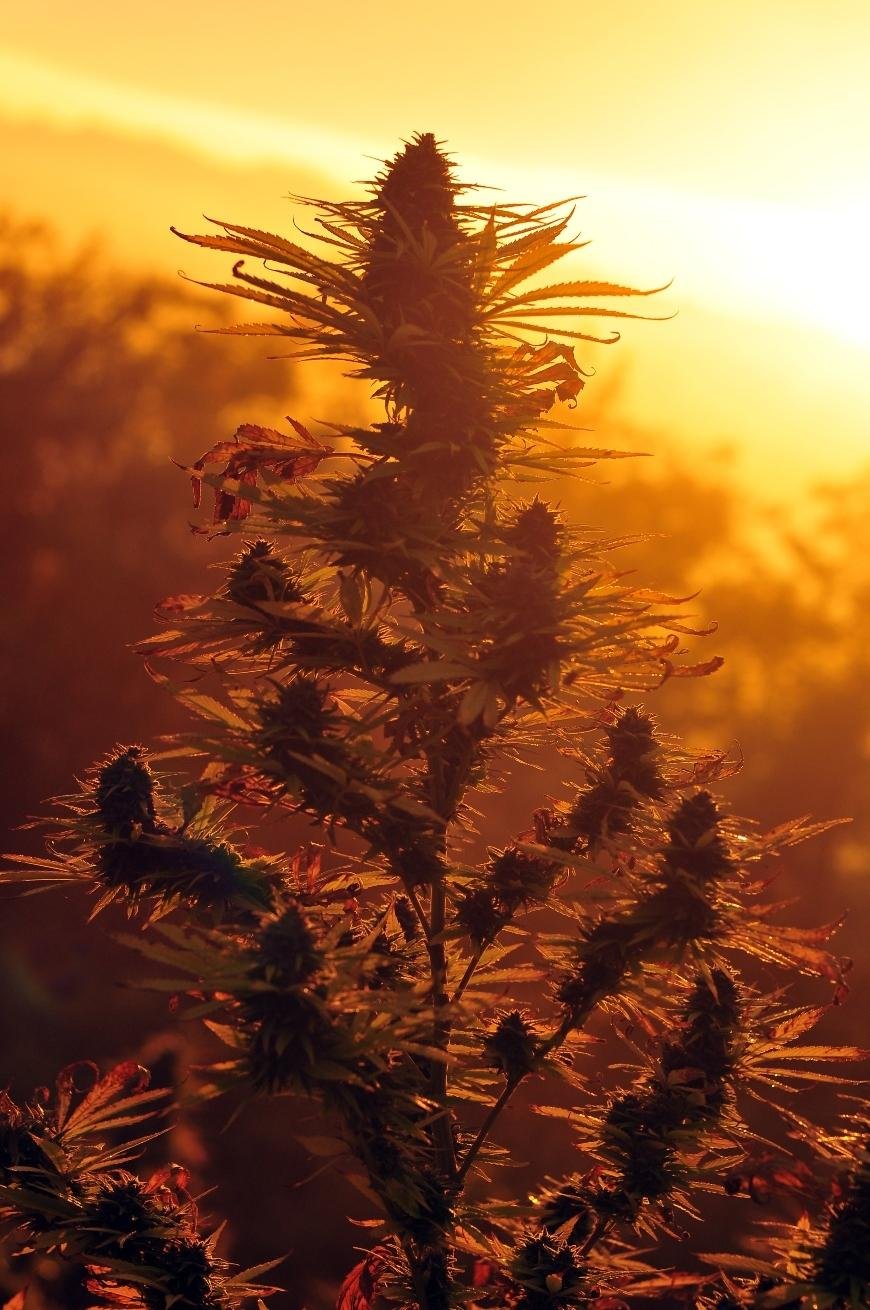
From the traditional Kush to the newly developed hybrid, these top 10 exclusive cannabis strains offer a variety of flavors and effects that are sure to satisfy even the most discerning connoisseur. Moving on from flavor and effect profiles, let's take a look at some notable genetics in each strain.
Notable Genetics
Notable genetics such as Cannalope Haze have gained a special recognition among cultivators and connoisseurs for their distinct attributes. These sought-after strains boast unique attributes and qualities that set them apart from their more common counterparts.
Cannalope Haze
Cannalope Haze is a sativa-dominant hybrid with an impressive lineage stemming from Haze Brothers and Mexican Sativa landrace strains. This strain is known for its sweet melon aroma, uplifting effects, and high THC content. It's particularly favored by those seeking creative inspiration or relief from stress.
Afghan Kush Ryder
An autoflowering variant of the classic Afghan Kush, Afghan Kush Ryder offers growers the opportunity to cultivate this indica powerhouse in a shorter time frame without sacrificing potency or flavor profile. With earthy notes of pine and hashish complemented by relaxing effects, it's no wonder this strain has earned its place among exclusive cannabis genetics.
Caramello
Last but certainly not least on our list of notable exclusive genetics is Caramello, an indica-leaning hybrid derived from Lavender family members Super Skunk, Big Skunk Korean, Afghani Hawaiian, and Caramel Widowmother plants. This deliciously fragrant strain boasts flavors reminiscent of caramelized sugar while providing users with a balanced high that's both uplifting and relaxing.
These are just a few examples of the exceptional genetics available within the realm of exclusive cannabis strains. With their unique characteristics, effects, and flavors, these rare gems offer growers and consumers alike an unparalleled experience in cultivation and consumption.
Notable genetics are the foundation of any great cannabis strain, as they determine its aroma, flavor and effects. By understanding these genetics we can gain insight into what makes each strain unique. Limited availability is a key factor in determining which strains make it to market; those that have limited production often become sought-after collectibles for connoisseurs.
Limited Availability
One of the most enticing aspects of exclusive cannabis strains is their limited availability. These uncommon genetics are not widespread, prompting avid growers and connoisseurs to seek them out. However, this scarcity also presents challenges for those looking to obtain and grow these unique strains.
To increase your chances of acquiring these elusive seeds, it's essential to stay updated on seed bank releases and be prepared to act promptly when they become available. Many seed banks offer newsletters or social media updates that can help you stay informed about new strain releases and restocks.
- Join mailing lists: Subscribe to newsletters from reputable seed banks to receive notifications about exclusive strain releases.
- Follow social media accounts: Keep an eye on the social media pages of your favorite breeders and seed banks for announcements regarding new strains or restocks.
- Browse online forums: Engage with fellow growers in online communities, where users often share information about upcoming exclusive strain drops.
In addition to staying informed, cultivating relationships with other enthusiasts can prove beneficial in obtaining rare genetics through trades or shared cultivation projects. Networking within the community may open doors to opportunities otherwise inaccessible due to limited availability.
Bear in mind that successfully growing these exclusive cannabis strains requires dedication, patience, and skillful cultivation techniques - but the rewards are well worth the effort.
The limited availability of certain cannabis strains makes them highly sought after, and those who are able to obtain these exclusive varieties can reap the rewards. Cultivation techniques for these rare plants must be tailored in order to maximize their potential and ensure a successful harvest.
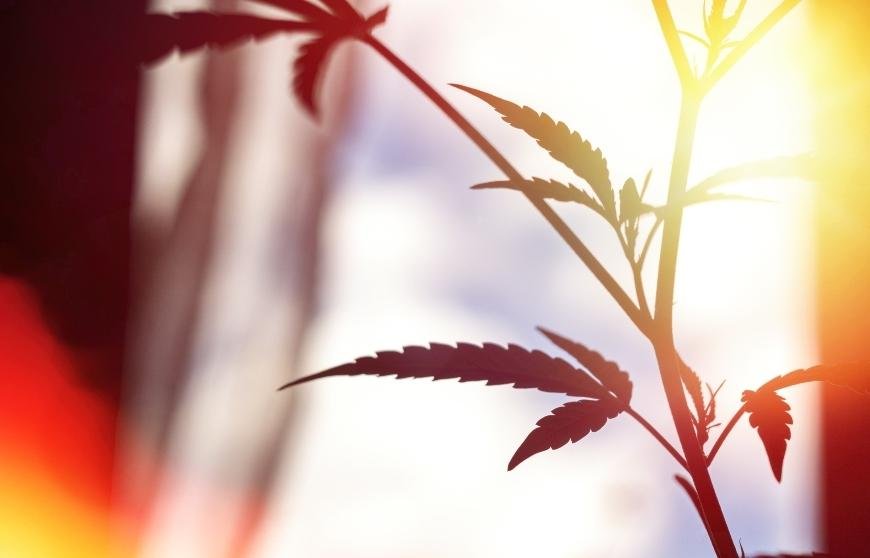
Cultivation Techniques
Maximizing the potential of exclusive cannabis strains requires proper cultivation techniques. By paying close attention to environmental conditions, nutrient management, and training methods, growers can ensure these rare genetics reach their full potential.
Environmental Conditions
Maintaining optimal temperature and humidity levels is crucial for healthy plant growth. Optimal temperature for healthy cannabis growth is between 70-85°F (21-29°C) during the day and 65°F (18°C) at night, with relative humidity levels of 40% - 60%. Relative humidity should be kept between 40% - 60%. To maintain these conditions, consider investing in climate control equipment, such as heaters or air conditioners.
Nutrient Management
Supplying your plants with the proper nutrients at each stage of development will help them flourish. Cannabis vegetation necessitates varying proportions of N, P and K in the vegetative and blooming stages. In addition to N-P-K fertilizers, micronutrients like calcium, magnesium, iron, and zinc are also essential for overall plant health. Be sure to use high-quality nutrients designed specifically for cannabis cultivation.
Training Methods
- LST: Low-Stress Training involves gently bending stems to create an even canopy that receives equal light exposure without causing damage to the plant structure.
- HST: High-Stress Training includes techniques like topping or fimming, which involve cutting the main stem or growth tips to encourage lateral branching and bushier plants.
- SCROG: Screen of Green is a method where growers use a horizontal screen to support plant branches, creating an even canopy for optimal light distribution.
Cultivating cannabis strains is an art form that requires knowledge, skill and dedication. Creating some of the most extraordinary and powerful cannabis varieties is achievable with the right techniques.
Elevating Experience
For cultivators and connoisseurs alike, the exploration of exclusive cannabis strains can provide an exciting journey of discovery that promises to reward with unique flavors, effects, and growth patterns. These rare genetics offer unique flavors, effects, and growth patterns that are not commonly found in the market. By seeking out these elusive strains, growers can elevate their cultivation skills while consumers enjoy unparalleled sensory experiences.
One way to enhance your growing journey is by experimenting with different cultivation techniques. Mastering various methods such as topping, low-stress training (LST), or Screen of Green (SCROG) can help you maximize the potential of these exceptional plants.
- Cannalope Haze: This strain's tropical fruit aroma and uplifting cerebral high make it a sought-after choice among sativa lovers.
- Afghan Kush Ryder: A potent indica-dominant autoflowering variety known for its resin production and relaxing body buzz.
- Caramello: With its sweet caramel flavor profile and balanced effects, this hybrid offers an enjoyable smoking experience that satisfies both mind and body.
Beyond cultivating these exclusive strains for personal enjoyment, some enthusiasts also engage in seed collecting as a hobby. Building a diverse collection of rare cannabis seeds allows collectors to preserve valuable genetics for future generations while showcasing their passion for this remarkable plant species.
FAQs in Relation to The Best Exclusive Cannabis Strains
The Best Exclusive Cannabis Strains
As the cannabis industry continues to grow, more and more exclusive strains are being developed. These strains are often difficult to find and highly sought after by cannabis enthusiasts. Here are some of the most popular exclusive cannabis strains:
- Ghost Train Haze #1: This sativa-dominant strain has won multiple awards for its high THC content and energizing effects. It has a citrusy flavor and is known for its ability to stimulate creativity.
- Sour Dubb: This hybrid strain has a unique flavor profile that combines sour and diesel notes. It is known for its relaxing effects and is often used to treat anxiety and stress.
These exclusive strains are not approved by the Food and Drug Administration and should be consumed responsibly. As with any cannabis product, it is important to start with a small dose and gradually increase as needed.
Conclusion
After exploring the top 10 exclusive cannabis strains, it's clear that these unique genetics offer a truly elevated experience for those who grow and consume them. With limited availability and specialized cultivation techniques, these strains are not for the casual user but rather for those seeking something truly special.

